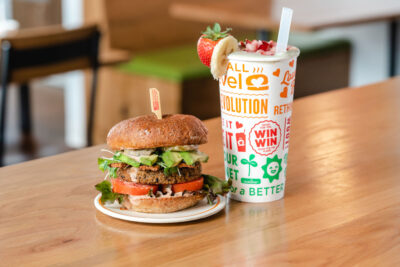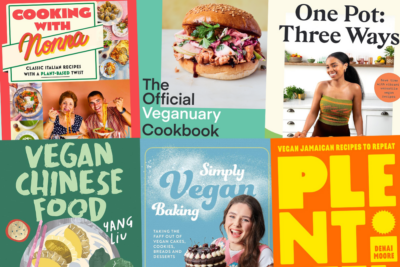Here are a few tips and tricks to help keep food costs down without sacrificing flavor or variety
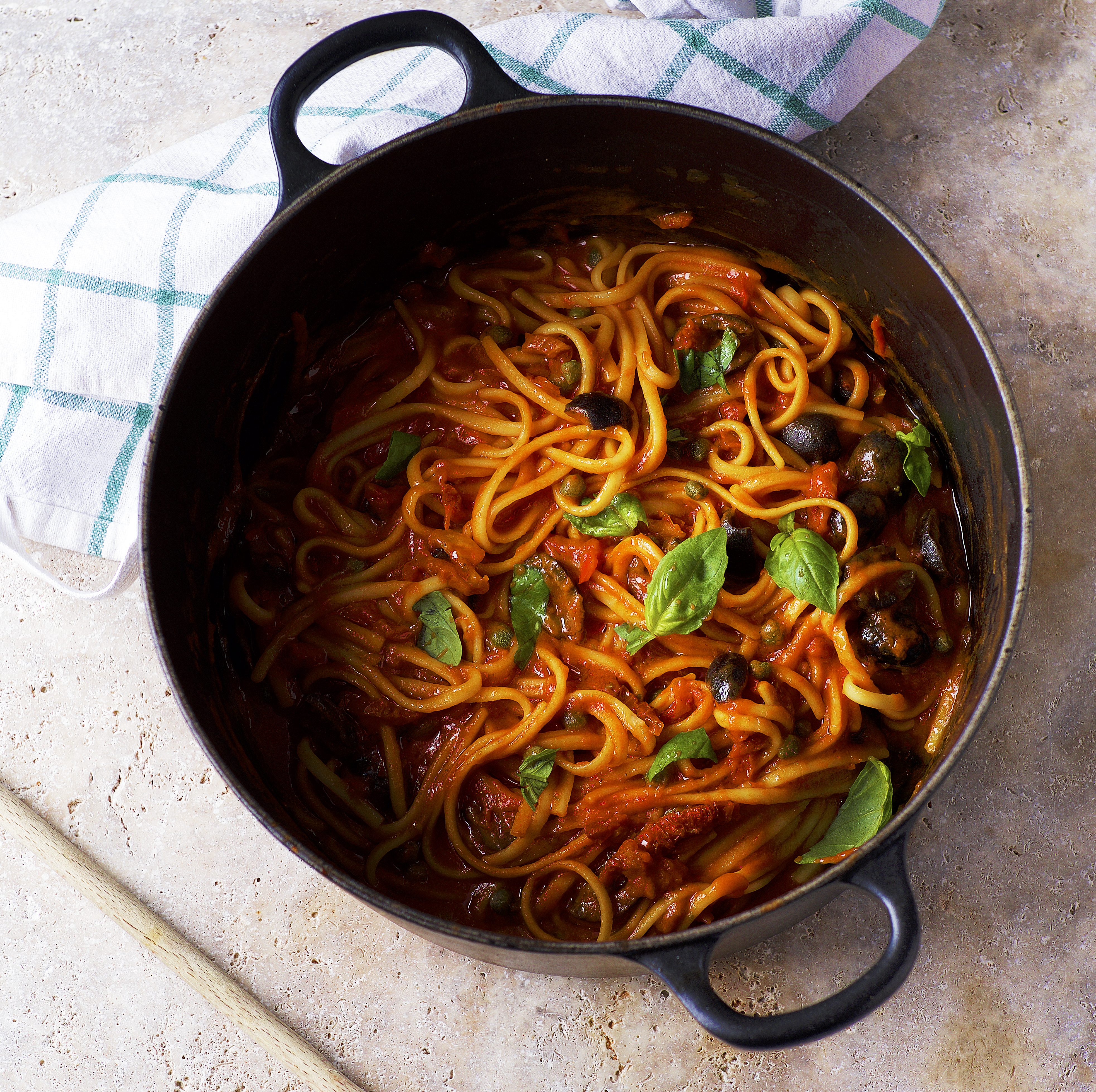
1. Cook from scratch
Regardless of your diet, it isn’t really possible to eat affordably if you buy ready-made or premium-brand meals every day.
Of course, these are convenient, and we all rely on them sometimes, but they certainly come at a cost. Cooking from scratch doesn’t have to be overly complicated or arduous. There are so many one-pot meals you can make in 30 minutes or less… like this incredible linguine!
2. Buy dry
One of our biggest recommendations for eating vegan on a budget is to buy dry foods like lentils and mung beans.
They’re great for dhals and curries and are a super cheap way to add protein and iron to soups and stews. Keep big bags of them in the cupboard so you can whip up a soup or curry at a moment’s notice. Just give them a rinse in cold water and toss them right in, letting them cook in the sauce.
You can lower costs even further by buying dry beans, but if you don’t have the time or inclination for that (you need to soak most of them overnight), then read on for how to keep canned bean costs low.
You can also buy bulk bags of rice, bulgur wheat, and millet and mix them together or interchange them in recipes for different tastes and textures. See our budget recipe section for some delicious meal ideas!
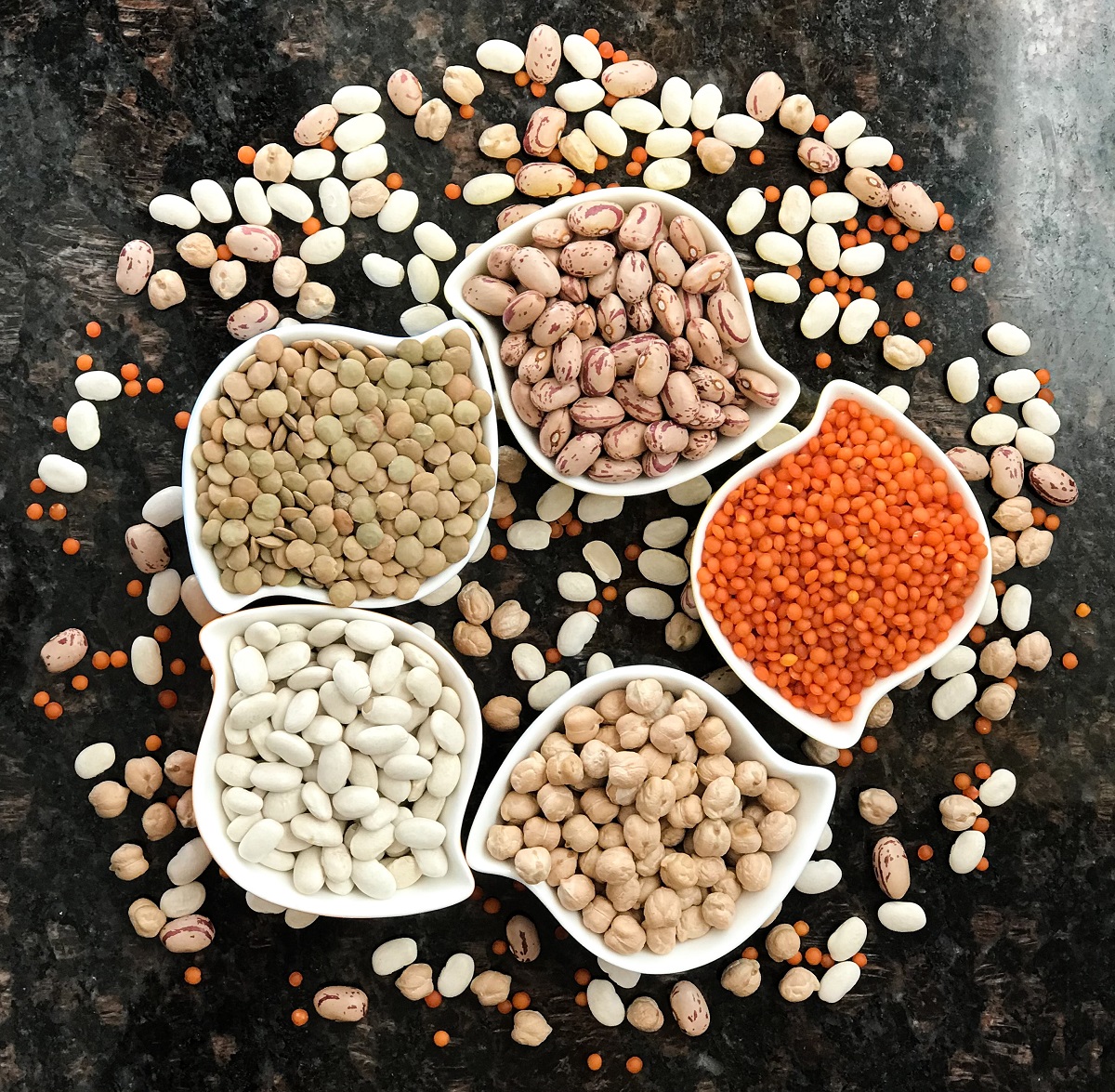
3. Always have canned veggies in your pantry
Canned veggies, especially tomatoes, are so versatile yet underrated. If you’ve got canned tomatoes, you can always make something!
Tomato soup for lunch or tomato sauce to form the base of your dinner. A great tomato sauce is the foundation of lots of meals: Spaghetti bolognese and pasta like Arrabbiata or Puttanesca (without the anchovies), veggie/bean chili, tacos, burritos, nachos, curries, and pizza sauce. All you need is a little oil, onions, and garlic, plus herbs and spices to enhance the flavors!
Cumin, cilantro, and chili/paprika/cayenne pepper can transport you to Mexico. Oregano, basil, and thyme can make you feel like you’re in Italy. Ginger, cumin, coriander, turmeric, curry powder, and garam masala bring India to life on your plate.
Alter the garlic and heat to suit your taste, and perfect your own signature sauce! All you need are veggies, canned beans, pasta, or dough, and you have a bunch of versatile and cheap meal options at your fingertips.
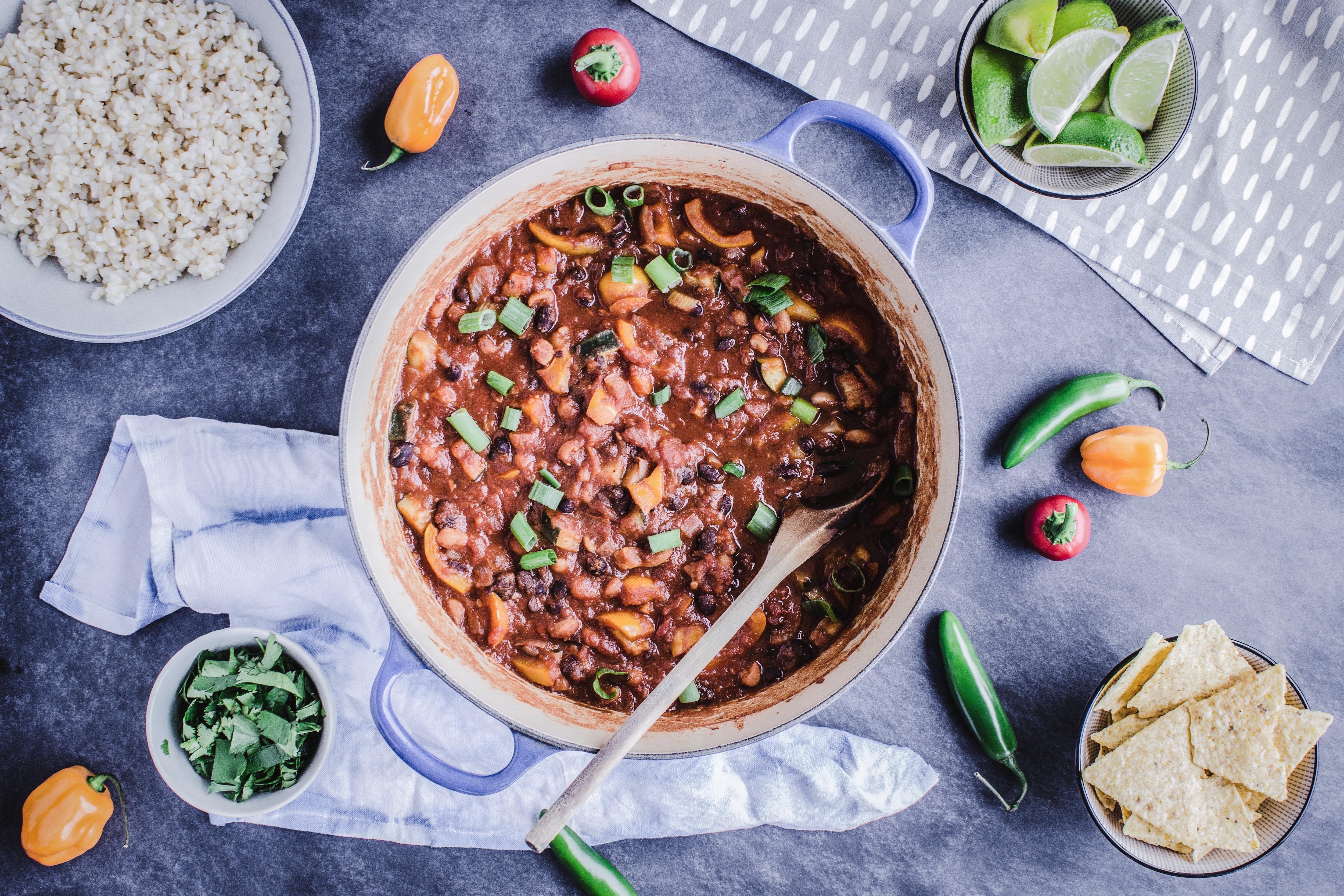
4. Buy in bulk
If you have the storage space, then bulk-buying cupboard essentials is a convenient way to save money over the longer term. This is one of the great things about the internet: you can look through grocery store websites for bargains and then save that search for next time.
If you have a local wholesale foods store, like Costco, Sam’s Club, BJ’s, etc, it’s worth checking out for bulk-buy items.
5. Local Veggie Boxes
We are massive fans of Community Supported Agriculture (CSA)! Local veggie boxes can be so much easier and fresher than supermarket veggies, and typically with the added advantage of less plastic and better organic options.
Some of the bigger box plans can be pricey but spend a bit of time Googling and see if there is a farm nearby that does a cheaper version!
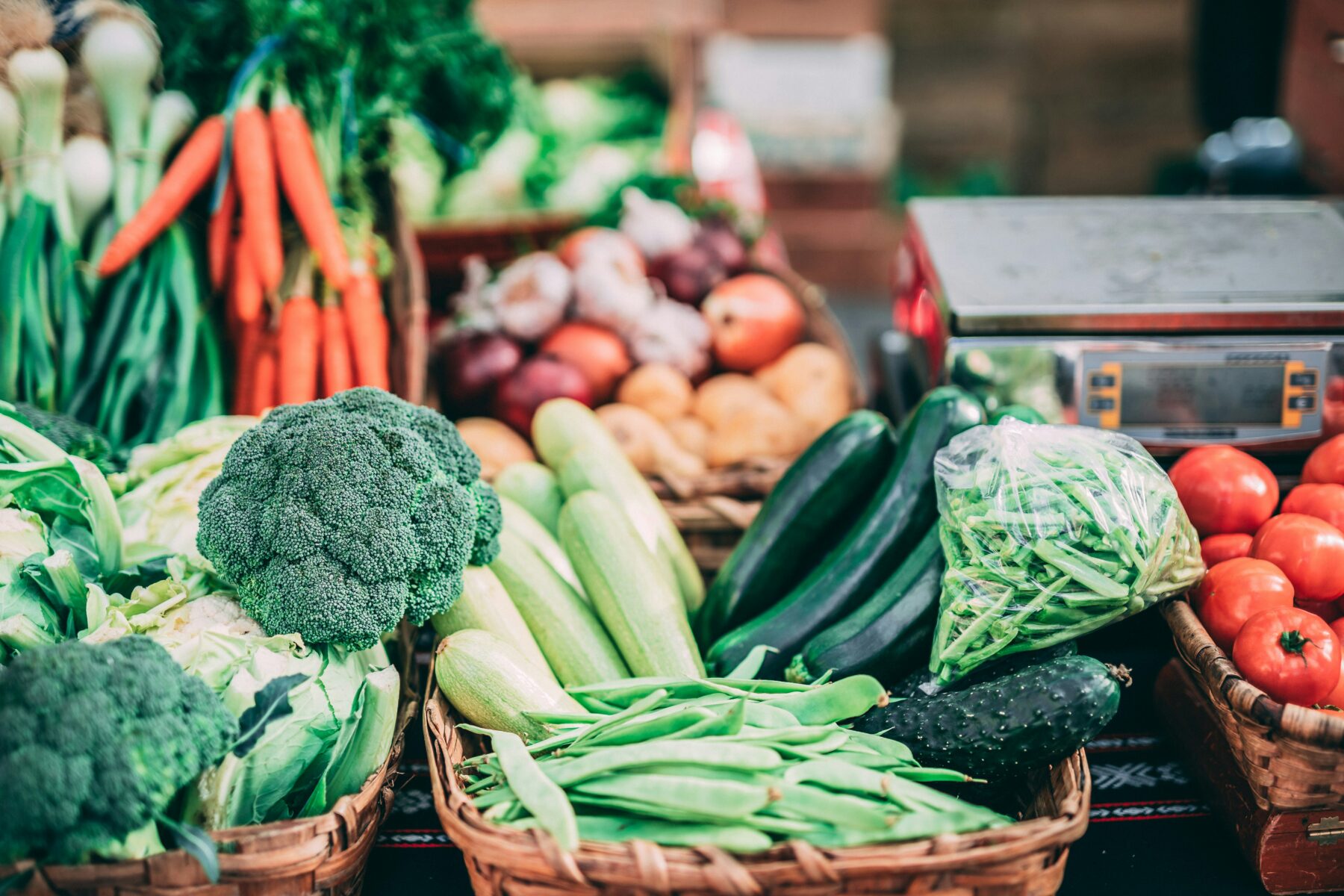
6. Shop around
Not all pricing is created equal, and you will find similar products in different shops at different prices. For example, the little shop around the corner may sell cans of chickpeas very cheaply, while cans of other beans may be cheaper at the supermarket.
Similarly, “basic” vegetables (such as broccoli, carrots, and cauliflower) are often cheaper at the supermarket, whereas the seasonal stuff (like asparagus or sprouts) may be cheaper from your local grocers. So, try to divvy up your shopping as much as is practical, and you’ll find it does make a difference at the end of the month.
7. Ethnic supermarkets
You can find all sorts of vegan gems at a much lower cost at your local ethnic supermarket. Think jackfruit, tofu, and tempeh, as well as cool stuff like rice paper, noodles, spice mixes, and big bottles of soy and chili sauces.

8. Make big dinners
There is something glorious about a leftover lunch! Cooking up a big dinner means you won’t have half-used cans of beans hanging around (which often go to waste), and also means that you’ll have lunch figured out for the next day.
If you’re not in the mood for the same thing two days in a row, then you could take the leftover rice from a veggie chili, for example, into a rice salad for lunch and then make burritos for dinner by filling wraps with the chili. This also saves cooking time, giving you the opportunity to whip up guacamole, salsa, and a salad to make the burritos more interesting.
9. Make your own dips
Store-bought hummus, salsa, and guacamole are not cheap, but you can make your own at home for a fraction of the price and exactly to your liking. We have lots of recipes on our website!
You can have fun experimenting with bean dips and cashew mayonnaise when you feel more confident. Homemade dips are also a great thing to take along to parties; they don’t require a ton of effort from you, and people really appreciate the thought.
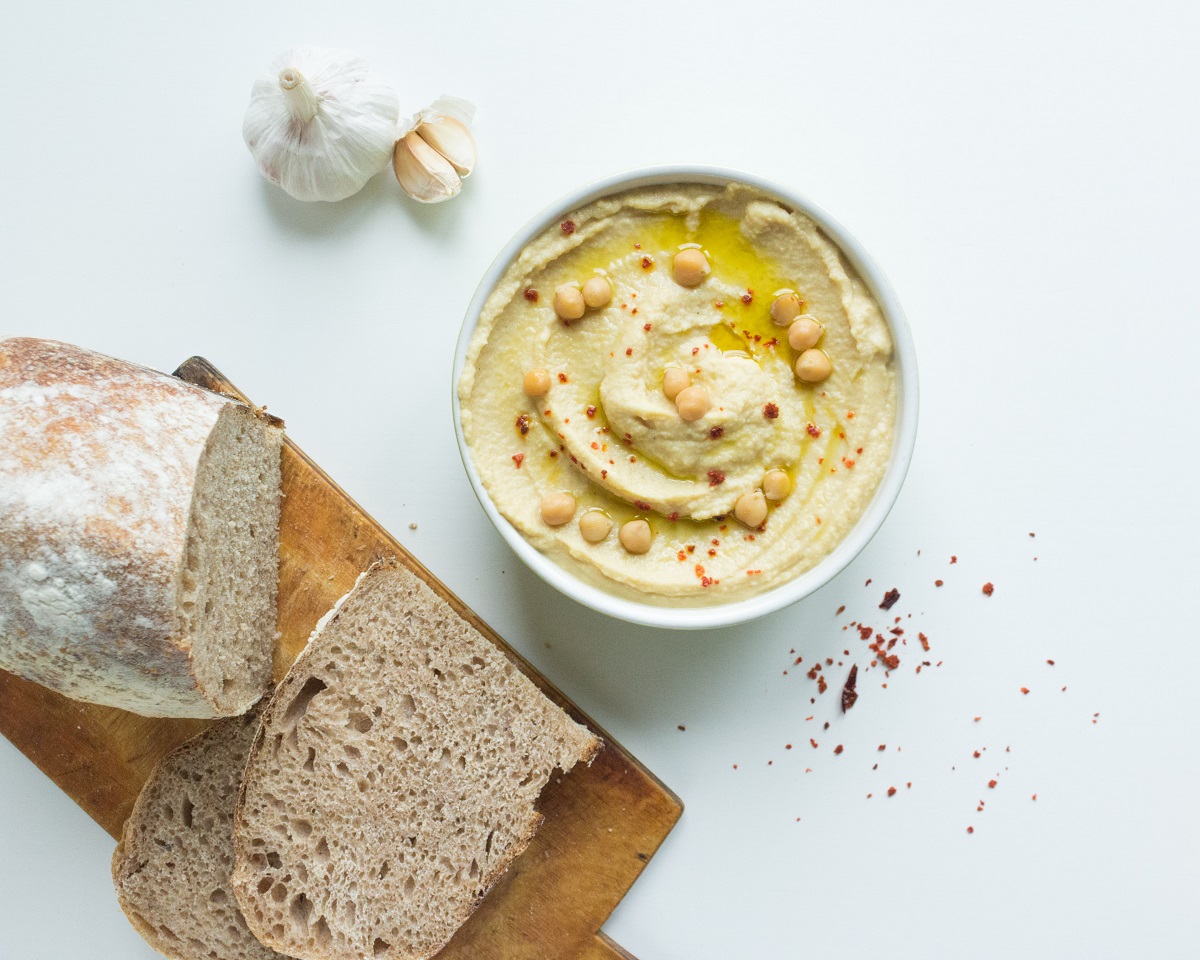
10. Remember the basics
Simple meals rock! Baked potatoes, grilled cheese, and tomato soup are popular for a reason; easy, healthy, cheap, and loved by the whole family. They’re our “too tired to think” meals and the perfect comfort food.
11. Don’t ignore frozen vegetables
Vegetables that are flash-frozen retain a huge amount of their nutrients and are usually much cheaper than buying fresh. Frozen spinach is fantastic for curries, mixed veggies for a shepherd’s pie, there are some great stir-fry mixes available now too.
And, of course, no roast dinner would be complete without frozen peas! Another top tip for smoothie fans is to use frozen berries. You don’t have to worry about them going bad, they’re far cheaper, and they make your smoothies delicious and refreshing.
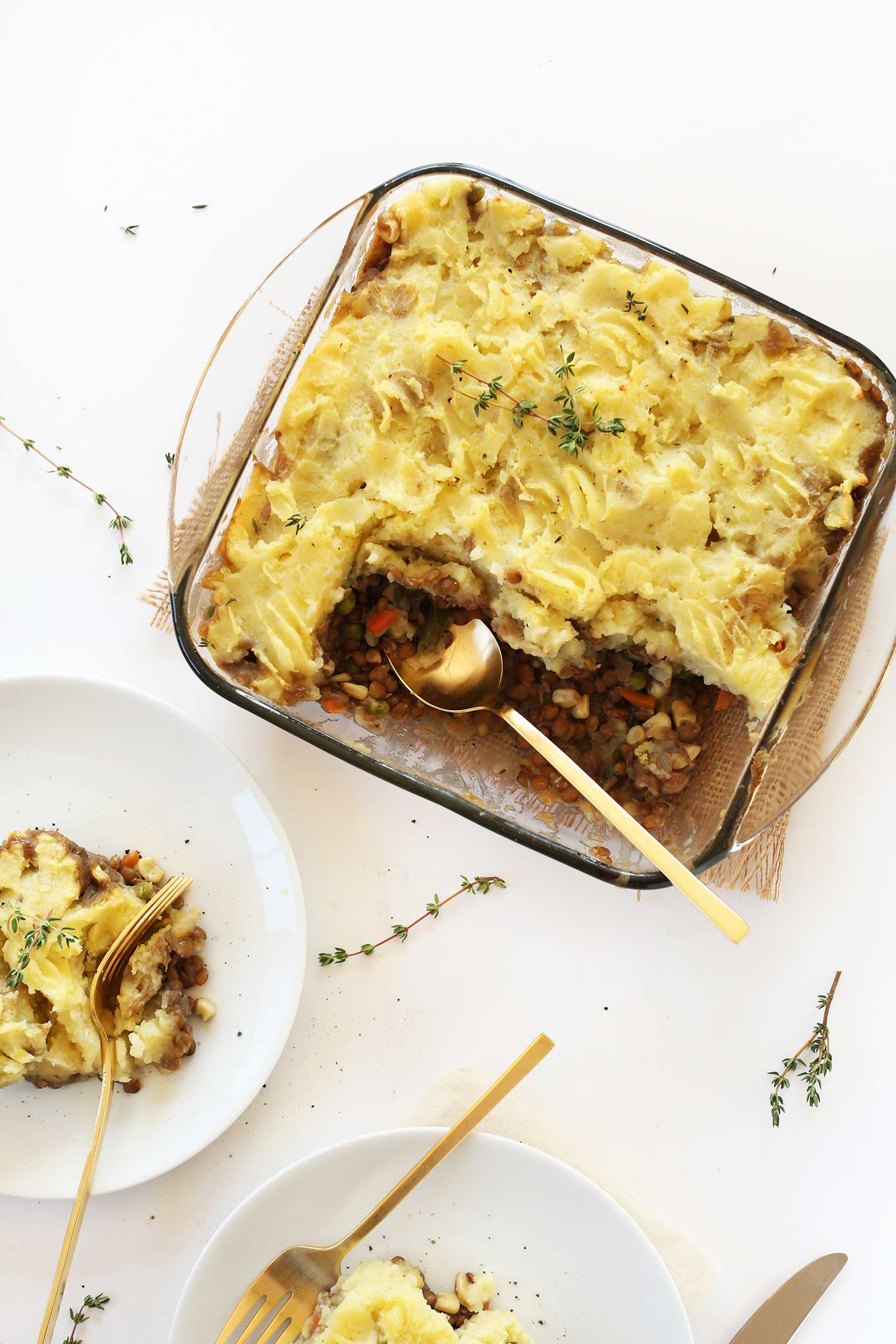
12. Look out for budget recipes
New recipe ideas stop you from getting stuck in a rut. We have lots of these in our ‘On a Budget’ section, and food bloggers are also great for inspiration.
If you’re thinking about going vegan but are worried about making a big commitment, then why not take part in Veganuary and see how you find it for a month? We send daily support emails with all the tips and tricks on how to eat delicious meals that are healthy, easy, and affordable. It’s a fun way to “dip your toe in the water.” Ninety-nine percent of former participants who responded to our survey said they would recommend it!


